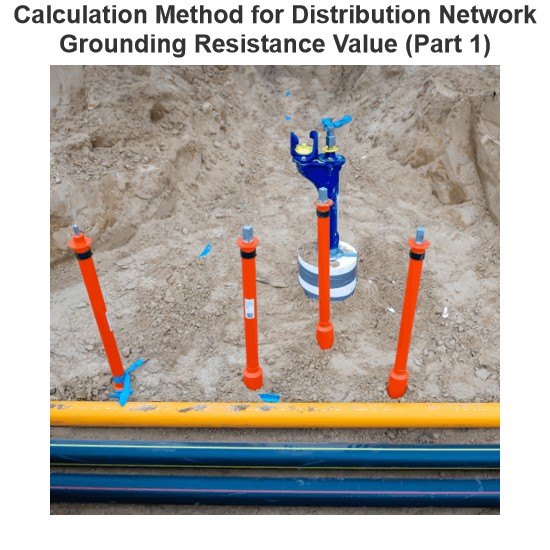What is advantage & disadvantage of under ground cable?
Advantages and Disadvantages of Underground Cables
Underground cables are widely used in power transmission and distribution, but they come with both advantages and disadvantages. Here are the main pros and cons of underground cables:
Advantages
Aesthetic and Environmentally Friendly
Reduced Visual Pollution: Underground cables do not clutter the landscape like overhead lines, maintaining a clean and aesthetically pleasing environment.
Reduced Impact on Wildlife: Underground cables do not pose a threat to birds and other wildlife, reducing ecological disturbances.
High Safety
Reduced Risk of Electric Shock: Buried underground, cables significantly reduce the risk of electric shock.
Reduced Fire Risk: Underground cables are not exposed to external environmental factors such as lightning strikes and storms, reducing the risk of fires and short circuits.
High Reliability
Reduced Weather Impact: Underground cables are unaffected by severe weather conditions such as storms, hail, and high temperatures, enhancing the reliability of power supply.
Reduced Vulnerability to External Damage: Underground cables are less likely to be damaged by human activities or vehicle collisions.
Lower Maintenance Costs
Reduced Maintenance Frequency: Underground cables require less frequent maintenance compared to overhead lines because they are not exposed to natural elements.
Extended Lifespan: Underground cables generally have a longer lifespan than overhead lines because they are not affected by UV radiation, temperature fluctuations, and corrosion.
Reduced Electromagnetic Interference
Lower Electromagnetic Radiation: Underground cables emit less electromagnetic radiation, reducing interference with nearby electronic devices.
Disadvantages
High Initial Investment
High Installation Costs: Installing underground cables involves digging trenches and laying conduits, which makes the initial investment much higher than that of overhead lines.
Complex Installation Process: The installation of underground cables is more complex and requires specialized construction teams and technical support.
Difficult Maintenance and Fault Detection
Challenging Fault Location: Locating faults in underground cables is more difficult and requires specialized detection equipment and expertise.
Longer Repair Time: Repairing faults in underground cables typically takes more time because it involves re-digging the ground and performing repairs.
Terrain Limitations
Geological Constraints: The installation of underground cables is subject to geological conditions, such as rock layers and groundwater, which can increase construction difficulty and costs.
Limited Underground Space: In urban areas, underground space may already be occupied by other infrastructure such as water pipes and gas lines, increasing the complexity of cable installation.
Heat Dissipation Issues
Lower Heat Dissipation Efficiency: Underground cables have lower heat dissipation efficiency compared to overhead lines, which can affect their performance and lifespan, especially under high temperature and high load conditions.
Additional Cooling Measures: In some cases, additional cooling measures such as cooling pipes or systems are required, adding to the cost and complexity.
Difficulty in Expansion and Upgrades
Challenges in Adding New Lines: Adding new lines to an existing underground cable network is more difficult and requires re-planning and construction.
High Retrofitting Costs: Retrofitting or upgrading an existing underground cable network is costly because it often involves re-digging and laying new cables.
Summary
Underground cables offer significant advantages in terms of aesthetics, safety, reliability, and maintenance, but they also come with high initial investment, difficult maintenance, terrain limitations, heat dissipation issues, and challenges in expansion and upgrades. The decision to use underground cables should be based on a comprehensive consideration of specific application needs, economic conditions, and environmental factors. We hope the above information is helpful to you.
The Electricity Encyclopedia is dedicated to accelerating the dissemination and application of electricity knowledge and adding impetus to the development and innovation of the electricity industry.













